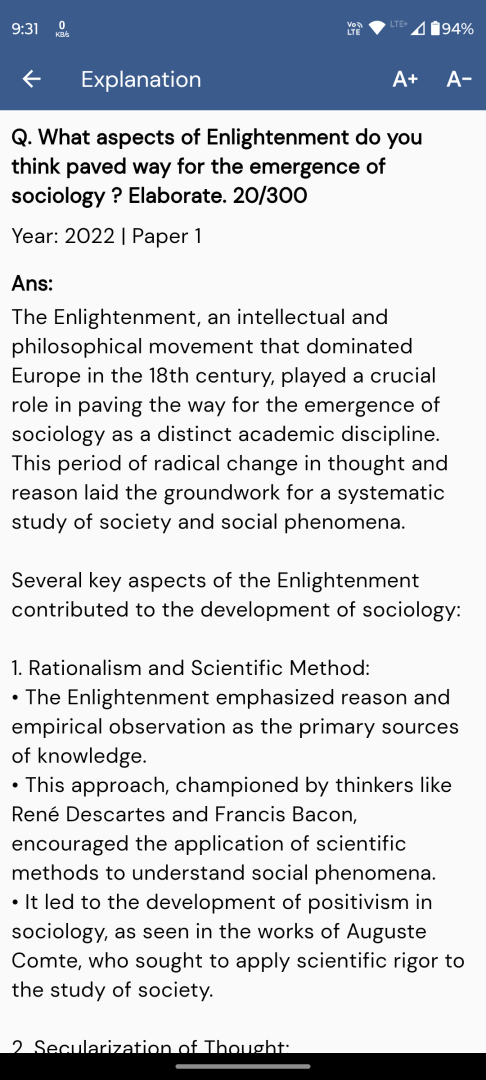Q. Do you think that forced displacement of labourers has caused their deprivation and resultant inequalities during the recent past years? Elaborate.
UPSC Sociology 2025 Paper 2
Model Answer:
Forced Displacement of Labourers: Deprivation and Resultant Inequalities
The forced displacement of labourers has profoundly deepened deprivation and exacerbated structural inequalities in recent years. The COVID-19 induced lockdowns starkly revealed this crisis, with mass exodus of migrant workers exposing the precarious existence of India’s informal workforce.
From Livelihood to Precarity: Multi-dimensional Deprivation
Economic Dimension
• Income shock and survival crisis: The sudden loss of employment during lockdown left workers without wages or savings, unable to afford basic necessities or rent.
• Emergence of precariat class: This reflects Guy Standing’s concept of the ‘precariat’—a class defined by chronic insecurity and absence of occupational identity.
• Neo-bondage relations: As Jan Breman notes, displaced workers become “footloose labour,” trapped in perpetual mobility without stable employment.
Social and Physical Deprivation
• Loss of social capital: Uprooted from urban support networks, workers faced social isolation and severed ties to urban economy.
• Health vulnerabilities: The arduous journey home involved exhaustion, starvation, and accidents, with no access to healthcare or sanitation.
• Citizenship deficit: What Partha Chatterjee terms “political society” existence—surviving without substantive citizenship rights or welfare access.
Exacerbation of Structural Inequalities
Widening Disparities
The displacement amplified pre-existing inequalities along class, caste, and regional lines:
• Class divide: While formal sector transitioned to remote work, informal workers (139 million migrants) lacked any safety net, reinforcing economic dualism.
• Rural distress: Return migration strained already fragile rural economies, with limited MGNREGA opportunities pushing families into debt traps.
• Intersectional vulnerabilities: Dalit/Adivasi women migrants faced compounded discrimination—Michael Cernea’s “impoverishment risks” manifesting through landlessness, joblessness, and marginalization.
Conclusion: Forced displacement acts as a catalyst transforming precarious livelihoods into absolute deprivation. By dismantling workers’ economic and social scaffolding while reinforcing structural fault lines, it pushes India’s most vulnerable further to the margins.





